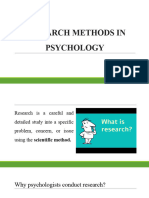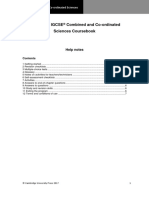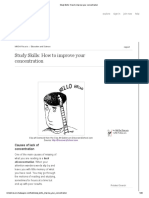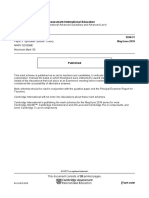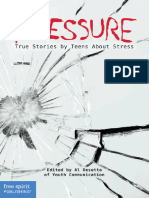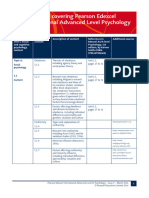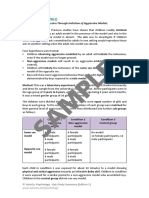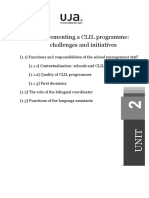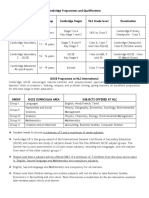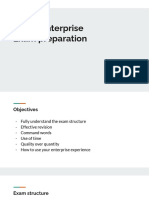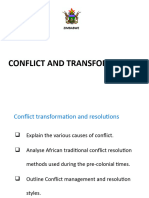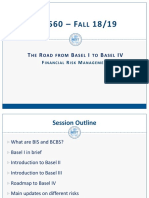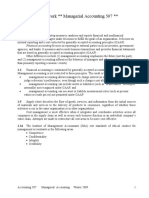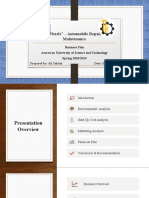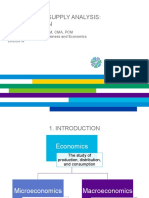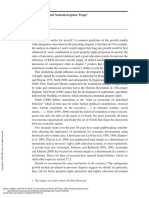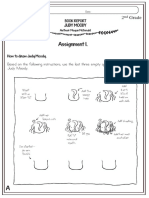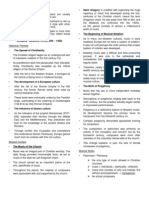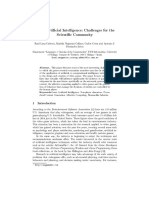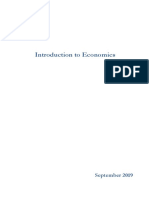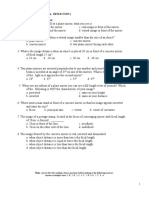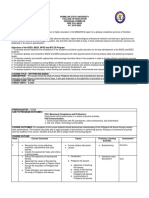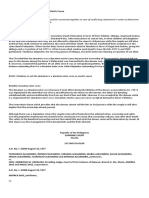0% found this document useful (0 votes)
180 views54 pagesCR Powerpoint Slides
This document provides an overview of a conflict resolution training program. It discusses:
1) The six-step conflict resolution process that will be taught, including creating an effective atmosphere, understanding individual and shared needs, and building a solution.
2) Key conflict resolution concepts like the five styles of conflict resolution, neutralizing emotions, setting ground rules, and choosing the appropriate time and place to discuss conflicts.
3) The objectives of understanding all phases of the conflict resolution process and learning crucial skills like dealing with anger and communication tools.
Uploaded by
Ali TahtahCopyright
© © All Rights Reserved
We take content rights seriously. If you suspect this is your content, claim it here.
Available Formats
Download as PPT, PDF, TXT or read online on Scribd
0% found this document useful (0 votes)
180 views54 pagesCR Powerpoint Slides
This document provides an overview of a conflict resolution training program. It discusses:
1) The six-step conflict resolution process that will be taught, including creating an effective atmosphere, understanding individual and shared needs, and building a solution.
2) Key conflict resolution concepts like the five styles of conflict resolution, neutralizing emotions, setting ground rules, and choosing the appropriate time and place to discuss conflicts.
3) The objectives of understanding all phases of the conflict resolution process and learning crucial skills like dealing with anger and communication tools.
Uploaded by
Ali TahtahCopyright
© © All Rights Reserved
We take content rights seriously. If you suspect this is your content, claim it here.
Available Formats
Download as PPT, PDF, TXT or read online on Scribd
/ 54








